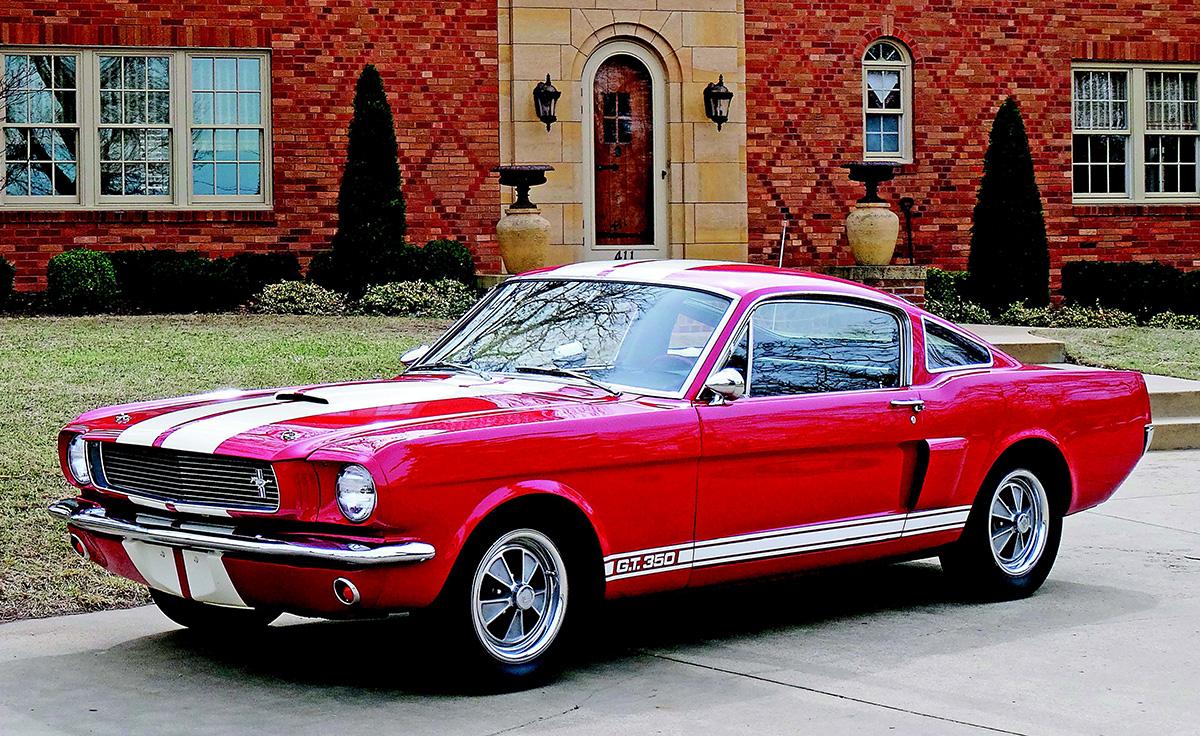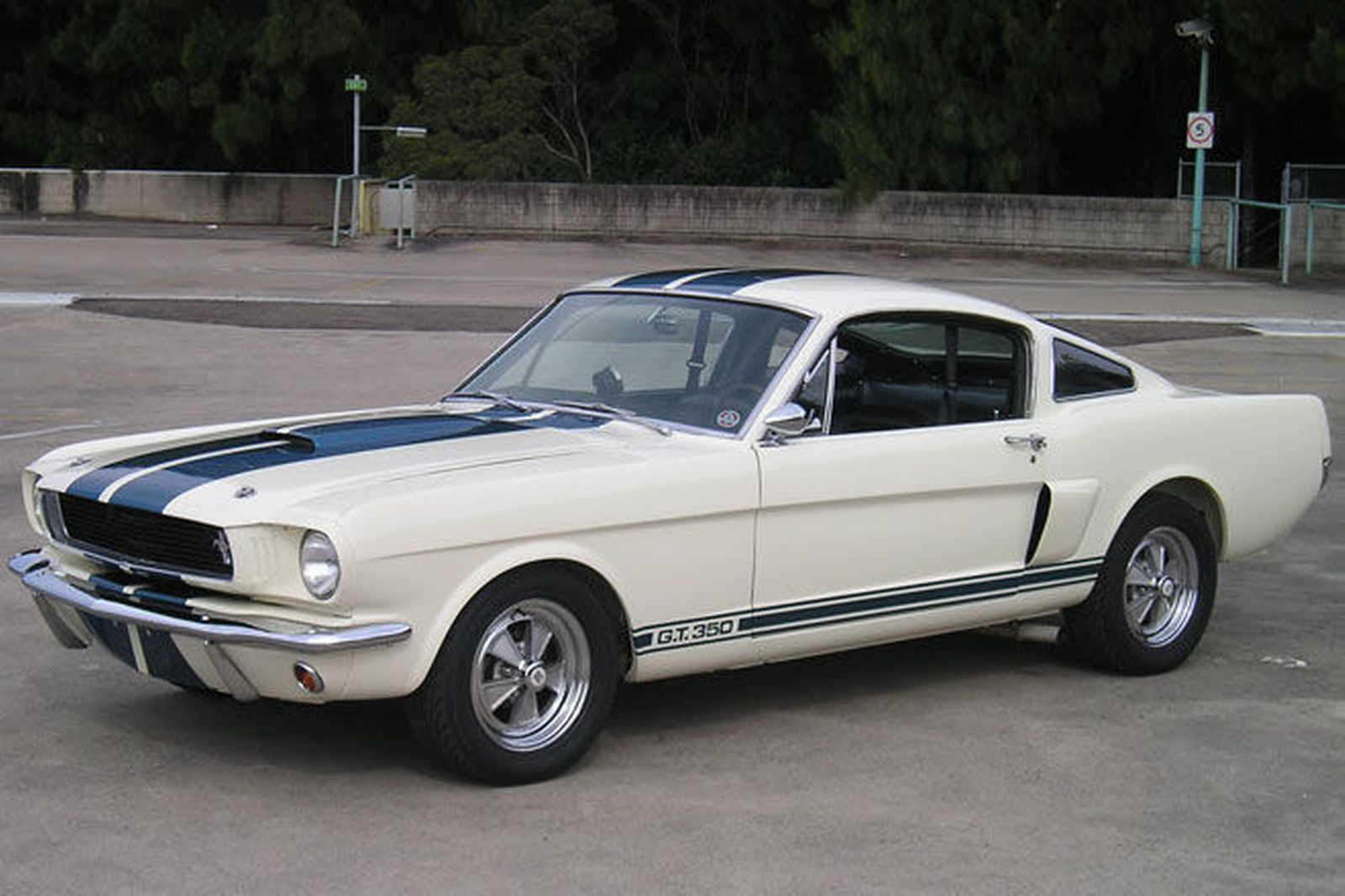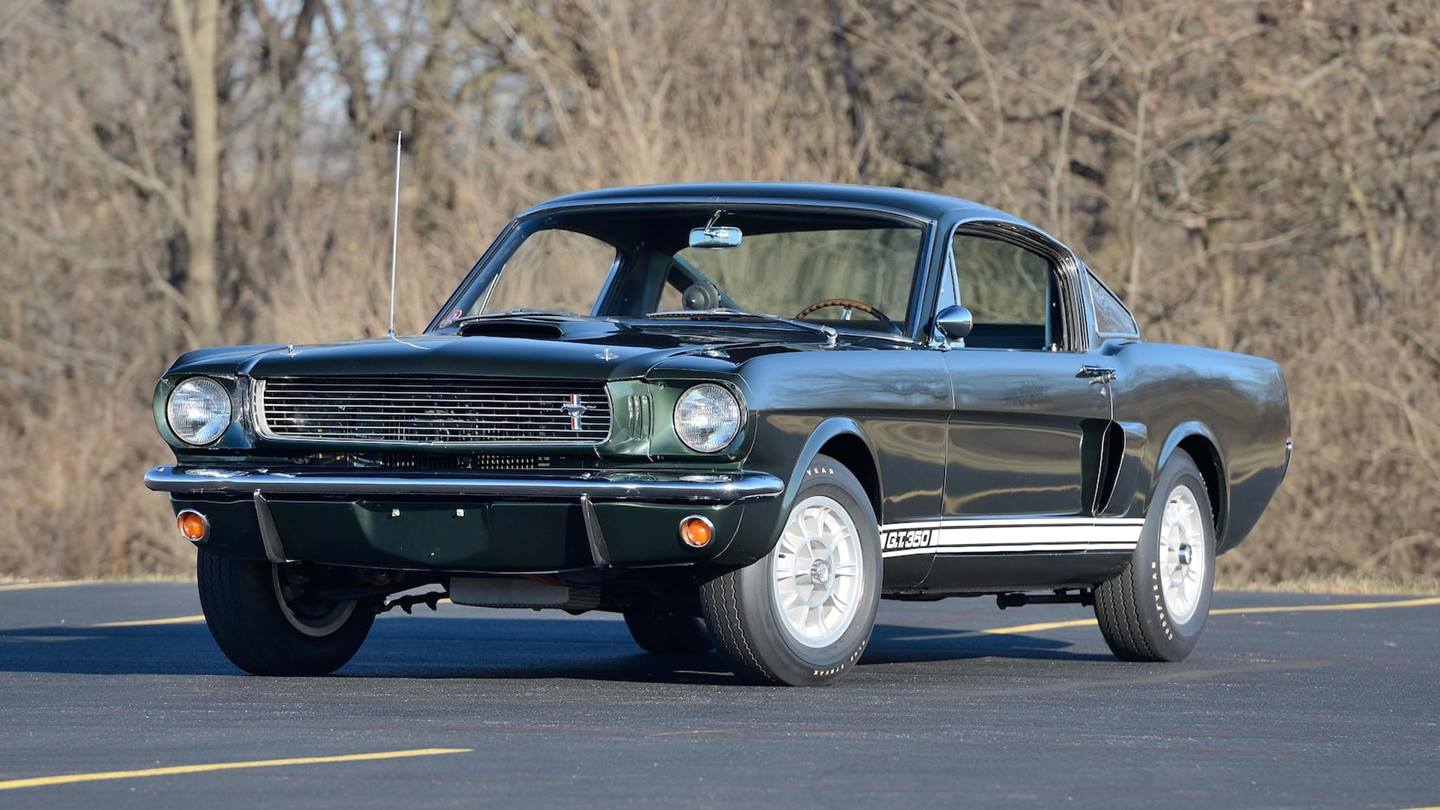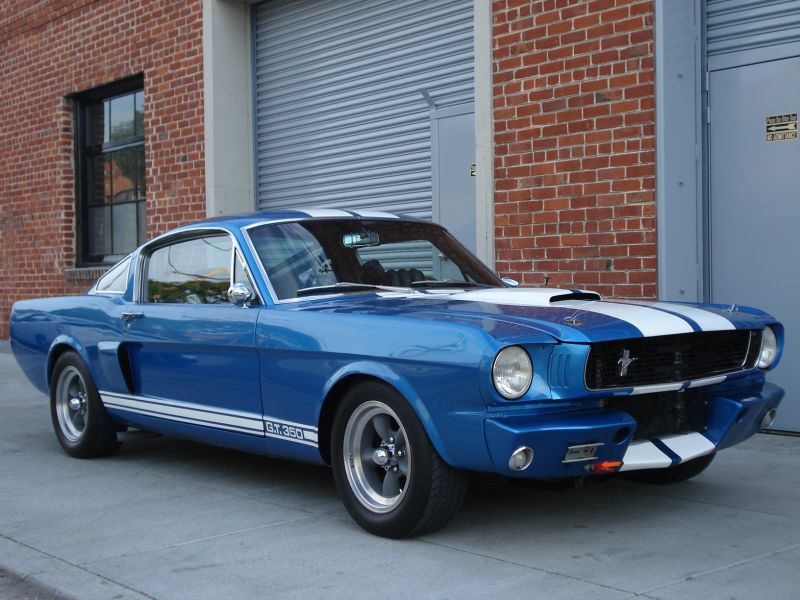In 1965, Famed racer and automotive designer, Carrol Shelby, left his indelible mark on the Mustang world and bolstered the performance appeal associated with Ford’s flagship model. In its earliest form, the Shelby GT350 was an unabashed track-ready racer, with an aggressive look all its own. However, Shelby felt that further refinement could widen the GT350’s appeal, thereby allowing it to capture a larger percentage of the market.
The year prior, Shelby and his team had been tasked with converting specialty optioned Mustangs into respectable performance vehicles, to which the public would stand up and take note. Ford had also stated that they wished for the GT350 to be compliant with all SCCA rules, allowing for homologation into the platform. Shelby came good on his promise, and the Shelby Mustang GT350 was born. However, the GT350 was strictly race-inspired, with little thought given to driver amenities or comfort.
Appealing To The Masses
For the 1966 model year, Shelby, whether on his own accord or at the behest of Ford, attempted to make the Shelby GT350 somewhat friendlier to the average consumer. The idea was to push the GT350 as more of a cruiser or daily driver, that was no less adept in the performance department than those models offered the year prior. This would prove to be a trend that would heavily influence the Mustang well into the next decade.
While not wide-sweeping, a number of additions and revisions were made to the Shelby GT350 for the 1966 model year, most of which were centered around universalizing the car’s value. For the first time, the GT350 was offered with additional rear seating, which could be folded down to provide additional cargo space.
Cabin noise was reduced, as rear-exiting dual exhaust became standard, superseding the side-exit configuration from the GT350’s inaugural year. The optional Deluxe steering wheel was also made standard within all 1966 Shelbys and featured a GT350 emblem in its center.
Subtle cosmetic revisions were also made for the 1966 model year. Rear-quarter windows replaced the factory extractor vents of old, and functional brake scoops were added just ahead of each rear wheel well. The latter of these revisions became a staple of the Shelby line and was often cited as adding to the Mustang’s already aggressive facade.
For the first time, the GT350 was offered in additional color schemes, outside of the Wimbledon White with Guardsman Blue stripe combo that denoted the car’s initial year of production. These colors included Candy Apple Red, Sapphire Blue, Dark Ivy Green Metallic, and Raven Black. All new paint schemes now featured white rocker panel striping, as opposed to the Guardsman Blue striping that was in place on all Wimbledon White models.
The 1966 Shelby GT350 was also offered with an optional SelectShift 3-speed automatic transmission. This was in stark contrast to the year prior when the 1965 GT350 had been fitted solely with a Borg Warner 4-speed manual. Again, this was a further attempt to provide relevance to the GT350, in the eyes of all consumers.
Ironically, 252 of the earliest production 1966 Shelby GT350 were often reported to have used the same lowered A-arms, as were standard on the 1965 model before it. These components were said to have been remaining stock from the prior year’s production.
Performance Still Standard
Though some degree of change had been deemed necessary when designing the 1966 Shelby GT350, in order to drive sales, nothing in the realm of performance was sacrificed. Carrol Shelby had initially designed the GT350 to dominate the street/track, and the 1966 Shelby GT350 ultimately proved no less capable of achieving this goal than Shelby’s earliest creation.
The 1966 Shelby GT350 still featured the same upgraded K-code, High-Performance 289 cubic-inch V8 as the year prior. This engine was fitted with a high-rise aluminum intake manifold, Holley 4-barrel Carburetor, and Tri-Y headers. These Shelby inspired modifications significantly enhanced the 289’s performance characteristics, making it a formidable opponent for any takers.
All considered, the 1966 Shelby GT350 produced 306 horsepower and 329 ft-lb of torque, which was nothing short of monumental for its time.
A Continuing Legacy
Today, the 1966 Shelby GT350 is highly sought after by collectors, often commanding sales prices in excess of $100,000. This remarkable Shelby combined fearsome performance with several sedan-grade attributes, to provide the masses with a car that could get the groceries, yet silence any skeptics at the track.
The 1966 Shelby GT350 is also remembered as being among the earliest of high-output Mustangs to take driver comfort into account. This would be a principle that would heavily influence Mustang design in the years to come.
1966 Shelby Mustang GT350 Specifications
| Engine | 289 CID Cobra V8 engine |
| Horsepower | 306 horsepower |
| Torque | 329 lb-ft of torque |
| 0-60 MPH | 6.6 seconds |
| Quarter Mile Time | 15.2 seconds |
| Top Speed | 117 mph |
1966 Shelby Mustang Production Numbers
| GT350 | 1365 |
| GT350 Hertz | 1000 |
| Prototypes | 13 |
| Total | 2378 |
Available Exterior Colors
The 1966 GT350 was available in Sapphire Blue, Candy Apple Red, Ivy Green, Wimbledon White, with the Hertz models all being Raven Black with gold stripes. No records are known to exist, in regards to exact production numbers by color.
1966 Shelby Mustang Video
We found a great video about the ‘66 GT350 Shelby.









does anyone know who made the orignal exhaust system for the 1966 shelby mustang gt350H i am in the process of restoring my 66 hertz car that i have owned since april of 1967 and i am stumped on the exhaust system thank you in advance for any helpken maggard